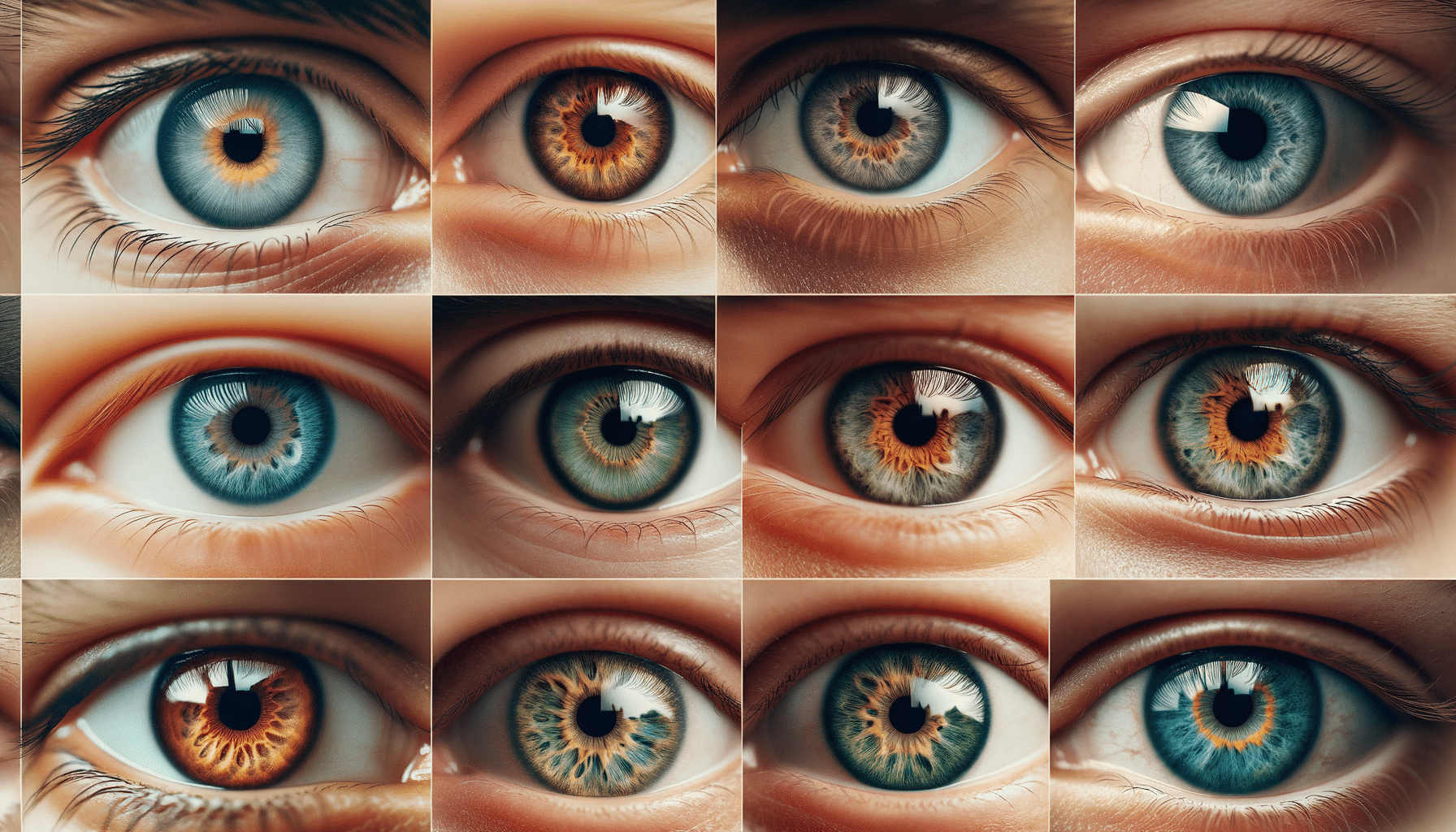
Exploring the Myths and Facts About Eye Color and Personality
Introduction
Eye color has long fascinated people, with many believing it holds secrets about one’s personality. While some claims are rooted in myth, others have been explored by scientific studies. This article delves into the intriguing world of eye color and personality, examining both myths and facts to provide a comprehensive overview.
Myth: Eye Color Determines Personality Traits
One of the most popular myths is that eye color directly determines personality traits. People often associate certain eye colors with specific characteristics, such as blue eyes with calmness or brown eyes with trustworthiness. However, scientific evidence supporting these claims is limited.
While some studies suggest minor correlations, these are not definitive. Personality is influenced by a multitude of factors, including genetics, environment, and experiences. Eye color, determined by the amount and type of pigments in the iris, is primarily a genetic trait and does not dictate personality.
Despite the lack of scientific backing, the myth persists, often perpetuated by cultural and societal stereotypes. For example:
- Blue eyes are sometimes linked to creativity and sensitivity.
- Brown eyes are seen as indicative of reliability and strength.
- Green eyes are often associated with mystery and intelligence.
These associations, while intriguing, are more reflective of cultural narratives than scientific fact.
Fact: Eye Color and Health Indicators
While eye color may not determine personality, it can be related to certain health traits. Research has shown that individuals with lighter eyes might have a higher sensitivity to light and an increased risk of certain eye diseases, such as macular degeneration.
Conversely, those with darker eyes may have a natural advantage in blocking out harmful UV rays, potentially offering some protection against sun-related eye damage. However, this does not mean individuals with darker eyes are immune to such conditions; regular eye care is essential for everyone.
Understanding these health-related aspects can be beneficial in making informed decisions about eye care and protection.
Myth: Eye Color Changes with Mood
A common myth is that eye color can change with one’s mood, suggesting a dynamic link between emotions and physical appearance. While eye color can appear to change slightly due to lighting, clothing, or makeup, it does not shift with mood.
The perception of color change is often due to external factors rather than physiological changes in the eye itself. For instance, the dilation of pupils can make eyes appear darker, but this is a temporary effect and not a true change in eye color.
Understanding this myth helps to dispel misconceptions and encourages a more scientific view of how our bodies function.
Fact: Genetic Influence on Eye Color
The color of our eyes is a genetic trait, influenced by multiple genes inherited from our parents. Historically, it was believed that eye color followed a simple Mendelian inheritance pattern, but recent research has revealed a more complex picture.
Several genes contribute to the pigmentation of the iris, with the two main types of pigment being eumelanin (brown/black) and pheomelanin (red/yellow). The combination and concentration of these pigments determine the shade of one’s eyes.
This genetic complexity underscores the diversity of eye colors and the fascinating interplay of genetics in determining this trait.
Conclusion: The Intersection of Myth and Science
The allure of eye color and its supposed connection to personality continues to captivate. While myths offer intriguing narratives, it’s crucial to differentiate them from scientific facts. Understanding the true relationship between eye color and personality involves recognizing the genetic and health-related aspects rather than relying on cultural stereotypes.
By exploring both myths and facts, we gain a deeper appreciation for the complexity of human traits and the role of genetics in shaping who we are.


